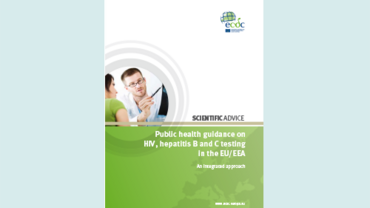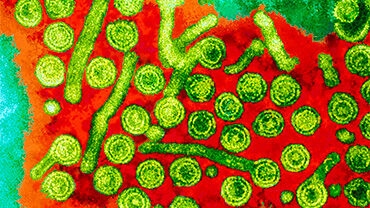World Hepatitis Day 2020
ECDC coordinates the enhanced surveillance for hepatitis A, B and C to help countries define epidemiological trends or transmission patterns among newly diagnosed cases.
World Hepatitis Day on 28 July provides an opportunity each year to increase the awareness and understanding of viral hepatitis.
Viral hepatitis is an inflammation of the liver caused by a virus. The most common hepatitis viruses in Europe are types A, B, C and E (commonly referred to as HAV, HBV, HCV and HEV). Together, HBV and HCV are the most common cause of liver cirrhosis and cancer.
European surveillance data show on-going transmission of hepatitis B and high annual levels of hepatitis C diagnoses.
That is why targeted testing to reach those most at-risk of infection is an essential element of any strategy to eliminate viral hepatitis across the countries in the European Union and European Economic Area (EU/EEA) as outlined in the Sustainable Development Goals for 2030.
However, according to recent ECDC findings, only a few countries across the EU/EEA have met the 2020 target of the European Action Plan in diagnosing 50% of people with chronic hepatitis B or C.












